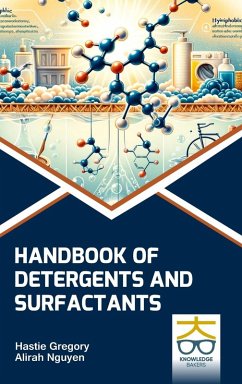
Surfactants in Tribology, Volume 2
Versandkostenfrei!
Versandfertig in 1-2 Wochen
248,99 €
inkl. MwSt.

PAYBACK Punkte
124 °P sammeln!
The premier symposium on Surfactants in Tribology, held in Seoul in 2006, was an enormously successful event that generated a high level of interest in the topic, leading to the publication of the first volume in this series in 2008. The tremendous response was echoed at the follow-up symposium in Berlin that same year, and leading researchers, many of whom participated in the second event, were invited to submit chapters for Surfactants in Tribology, Volume Two. Reflecting the cumulative wisdom of a contingent of researchers, this text explores all-new topics critical to the future of tribolo...
The premier symposium on Surfactants in Tribology, held in Seoul in 2006, was an enormously successful event that generated a high level of interest in the topic, leading to the publication of the first volume in this series in 2008. The tremendous response was echoed at the follow-up symposium in Berlin that same year, and leading researchers, many of whom participated in the second event, were invited to submit chapters for Surfactants in Tribology, Volume Two. Reflecting the cumulative wisdom of a contingent of researchers, this text explores all-new topics critical to the future of tribology. Topics discussed in this second volume include: Properties of silane, thio, phthalocyanine and phospholipid films, membranes, grafts, and SAMs on gold, silica, and graphite substrates Water/oil emulsions used as oil-well drilling fluids Properties of organized surfactant assemblies and aqueous solutions of alkyl polyglucosides Surfactants as demulsifiers in enhanced crude oil production from old wells Oil/water emulsions with biobased surfactants The synthesis of novel biobased materials Properties of biobased lubricants and surfactants Modeling and statistical predictive methods in the development of biobased lubricants The fundamentals of surface chemistry at tribological interfaces The role of surface science in magnetic recording tribology Antiwear and friction modifier compounds for automotive applications Surfactants as antimicrobial agents in lubricants Tribological phenomena are of significant importance in a host of industries ranging from simple products to high-tech devices. This volume and its predecessor reflect the sage contributions of a cadre of experts who report on current possibilities and future potential for harnessing sur














